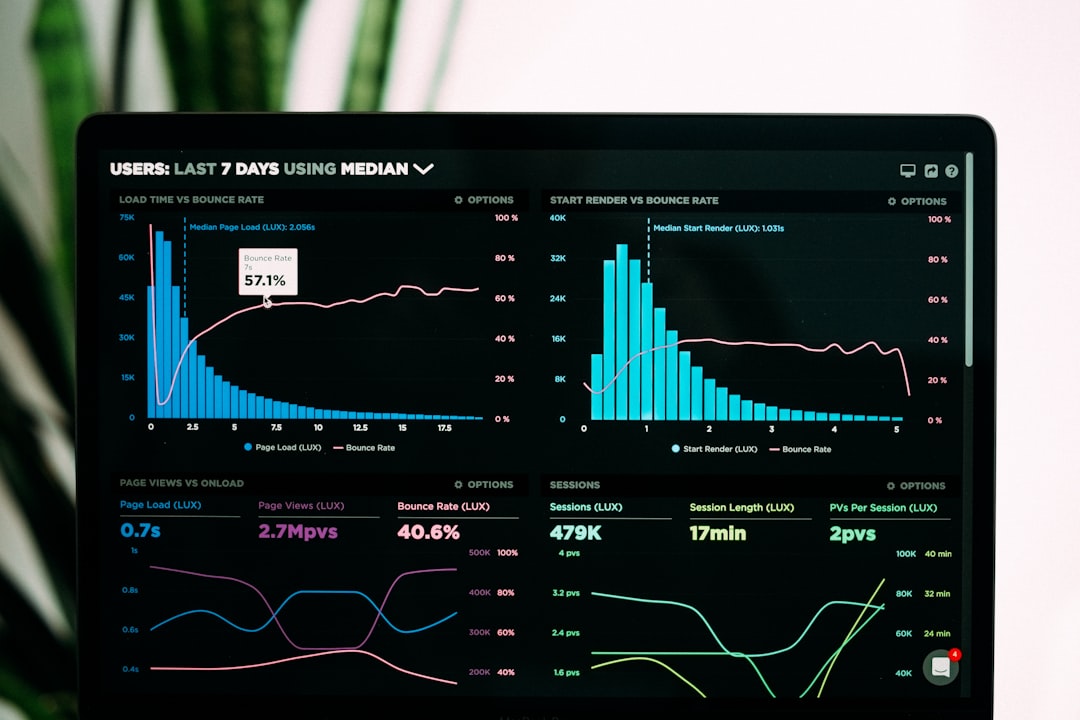
How to Create Economic Forecasts: A Comprehensive Guide.
# Introduction. Creating accurate economic forecasts is essential for businesses, governments, and investors to make informed decisions based on expected future economic conditions. In an ever-changing global landscape marked by technological advancements, political developments, and social changes, effective forecasting can help mitigate risks and seize opportunities. This guide will delve into the methods, tools, and key considerations for creating reliable economic forecasts, making it a pivotal resource for entrepreneurs and analysts alike. # Understanding Economic Forecasting. Economic forecasting refers to the process of predicting future economic conditions by analyzing various indicators and datasets. Forecasts can be short-term or long-term and vary in complexity depending on the objectives. Key economic indicators, such as GDP growth, inflation, unemployment rates, and consumer spending, provide valuable insights into overall economic health, impacting business strategies across sectors. Understanding the fundamentals of these indicators is crucial for building accurate forecasts. # Types of Economic Forecasts. There are two primary types of economic forecasting: qualitative and quantitative. Qualitative forecasts utilize expert opinions, surveys, and market research, relying on human judgment rather than purely numerical data. This approach can be particularly useful in periods of uncertainty, where historical data may be limited. Conversely, quantitative forecasting employs statistical methods and models based on historical data to predict future trends. It often involves complex algorithms and econometric models that can analyze large datasets effectively. Understanding the balance between these approaches is key to creating robust forecasts. # Tools for Economic Forecasting. Accurate forecasting relies on various tools and software, which can range from simple spreadsheets to sophisticated econometric software packages. Programs such as STATA, EViews, and R offer advanced statistical capabilities for analyzing data and creating models. Alongside these, user-friendly interfaces like Microsoft Excel allow for straightforward manipulation of data sets and should not be overlooked. Moreover, utilizing data visualization tools such as Tableau can aid in presenting forecast results in a clear and engaging manner, essential for stakeholder communication. # Data Collection and Analysis. The first step in any forecasting process is gathering the right data. This involves identifying reliable sources such as government reports, financial institutions, and international agencies. Once the data is collected, it’s vital to analyze it for trends, correlations, and anomalies. Time-series analysis, regression analysis, and scenario planning are common techniques used to make sense of the data. By carefully analyzing historical data, forecasters can develop insights that inform their predictions. # Building Your Forecast Model. When creating an economic forecast model, it is essential to outline the assumptions and variables that will influence your predictions. Begin by selecting the right model type based on your data and objectives. For example, if you are focusing on linear relationships, simple linear regression may suffice. However, more complex economic environments may require sophisticated models like Vector Auto Regression (VAR) or ARIMA for time-series forecasting. Each model has its strengths and limitations, so it’s crucial to validate the model through back-testing against historical data. # Monitoring and Updating Forecasts. Economic conditions are dynamic, meaning forecasts can quickly become outdated. Continuous monitoring of relevant indicators and economic trends is vital for maintaining the accuracy of your forecasts. Establishing regular review periods where forecasts are updated will ensure that they reflect the latest available data. It’s beneficial to compare your forecasts against actual outcomes to assess precision and make necessary adjustments to your models. This iterative process will enhance both the reliability and credibility of your economic predictions. # Conclusion. Creating economic forecasts is a critical skill for businesses navigating today’s complex economic environment. By utilizing both qualitative and quantitative methodologies, leveraging effective tools, and rigorously analyzing data, forecasters can develop insights that propel organizational success. Remember, the art of economic forecasting lies not only in the models and tools used but also in the understanding of the economic environment and the factors that drive it. With ongoing learning and adaptability, you can refine your forecasting skill and contribute significantly to strategic decision-making. .







